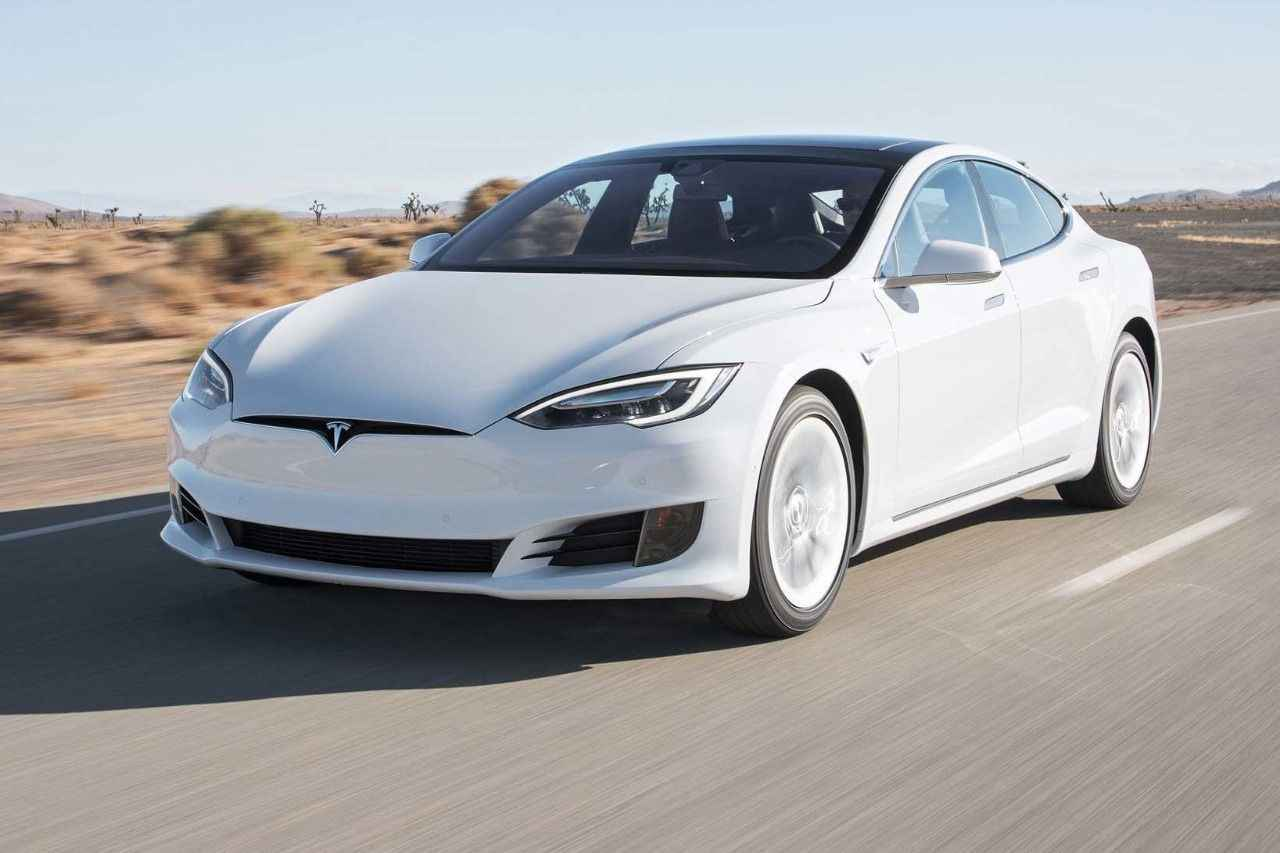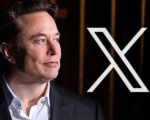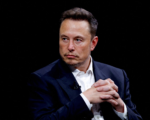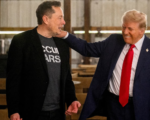Tesla, the world’s leading electric vehicle (EV) maker, reported its first-ever annual decline in deliveries in 2024, with total deliveries falling 1.1% to 1.79 million units. The decline comes despite CEO Elon Musk’s earlier prediction of “slight growth” and an array of year-end incentives, including interest-free financing and free fast-charging. These efforts failed to counteract high borrowing costs, aging models, and increasing competition, particularly from China’s BYD.
Tesla’s quarterly deliveries in the fourth quarter totaled 495,570 vehicles, missing analysts’ estimates of 503,269 units. The company produced 459,445 vehicles in the same period, down 7% year-on-year. For the year, Tesla delivered 471,930 Model 3 and Model Y vehicles and 23,640 units of other models, including the Model S, Model X, and the newly launched Cybertruck. However, Tesla has not disclosed specific delivery figures for the Cybertruck, which has shown signs of soft demand despite its futuristic design.
Challenges in Global Markets
Tesla faced significant headwinds globally in 2024. Reduced subsidies in Europe, a consumer shift in the U.S. toward lower-priced hybrid vehicles, and tougher competition from Chinese EV makers contributed to the decline. Notably, Tesla’s October registrations in Europe dropped 24%, with Volkswagen’s Skoda Enyaq SUV dethroning the Model Y as the region’s best-selling EV, according to JATO Dynamics.
In the U.S., Tesla’s challenges were compounded by potential policy changes under President-elect Donald Trump. The Trump administration is reportedly considering ending the $7,500 federal tax credit for EV purchases in 2025, a move analysts believe could further slow the adoption of EVs in the country.
Bright Spot: Record Sales in China
China, Tesla’s second-largest market, was a rare bright spot. The company achieved record sales of over 657,000 vehicles in the country, an 8.8% increase from 2023. Aggressive discounts and incentives helped Tesla outperform in the world’s largest auto market, even as global deliveries declined.
BYD, Tesla’s closest competitor, reported a 12.1% rise in global EV sales to 1.76 million units in 2024. BYD’s success was driven by competitive pricing and strong growth in Asian and European markets, intensifying competition for Tesla.
Future Prospects and Musk’s Strategic Shift
With demand for its current lineup nearing saturation, Musk is pivoting Tesla’s focus toward building a self-driving taxi business, a venture he expects to significantly boost the company’s value. However, autonomous driving technology is still years away from full commercialization, leaving Tesla reliant on its upcoming cheaper car models and the Cybertruck to meet its ambitious 20%-30% growth target for 2025.
Musk has also positioned himself as a key ally of the incoming Trump administration, donating millions to Trump’s campaign. Musk plans to use his influence to advocate for federal approval of autonomous vehicles to replace state-specific regulations, which he described as cumbersome.
Investor Reactions and Outlook
Tesla’s shares fell 6% after the announcement of its delivery decline, with analysts raising concerns about the company’s growth trajectory and the market saturation of its current models. Morningstar analyst Seth Goldstein highlighted that slower deliveries reduce Tesla’s potential market for ancillary services like autonomous driving software, charging, and insurance.
Analysts remain cautious about Tesla’s ability to rebound. The company faces intensifying competition, regulatory uncertainty, and the challenge of rejuvenating consumer demand in a slowing EV market.















